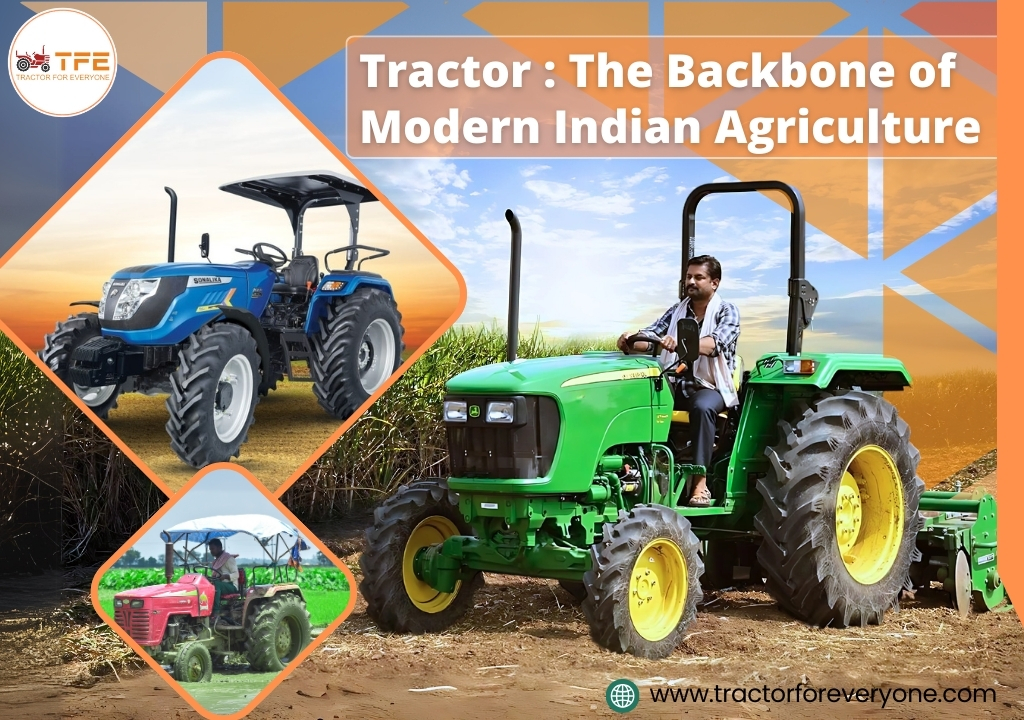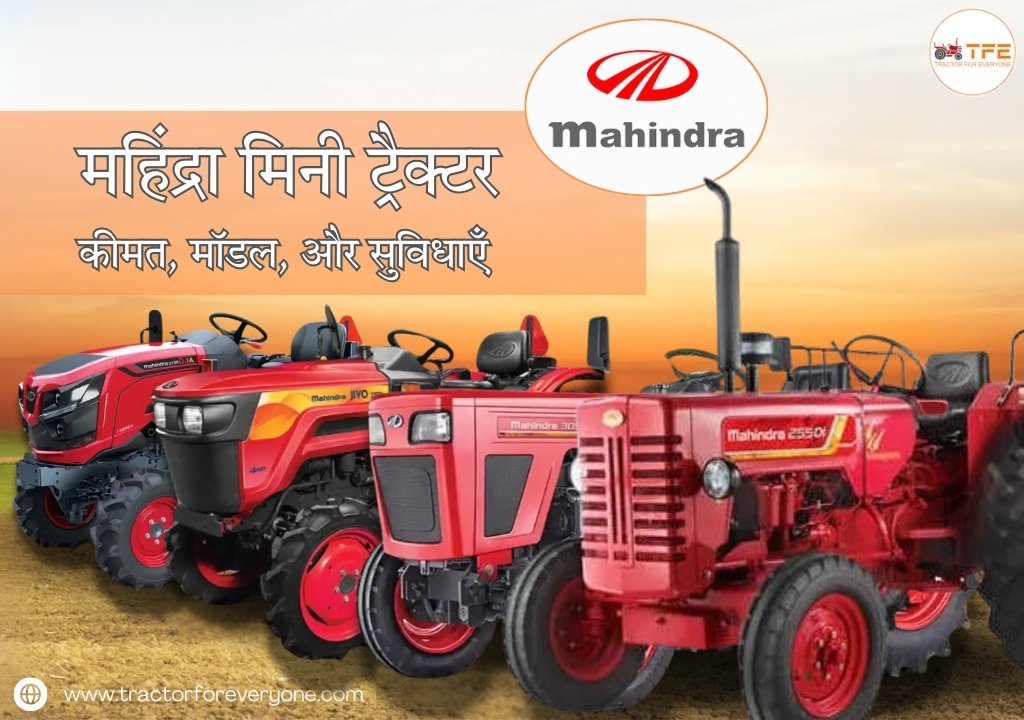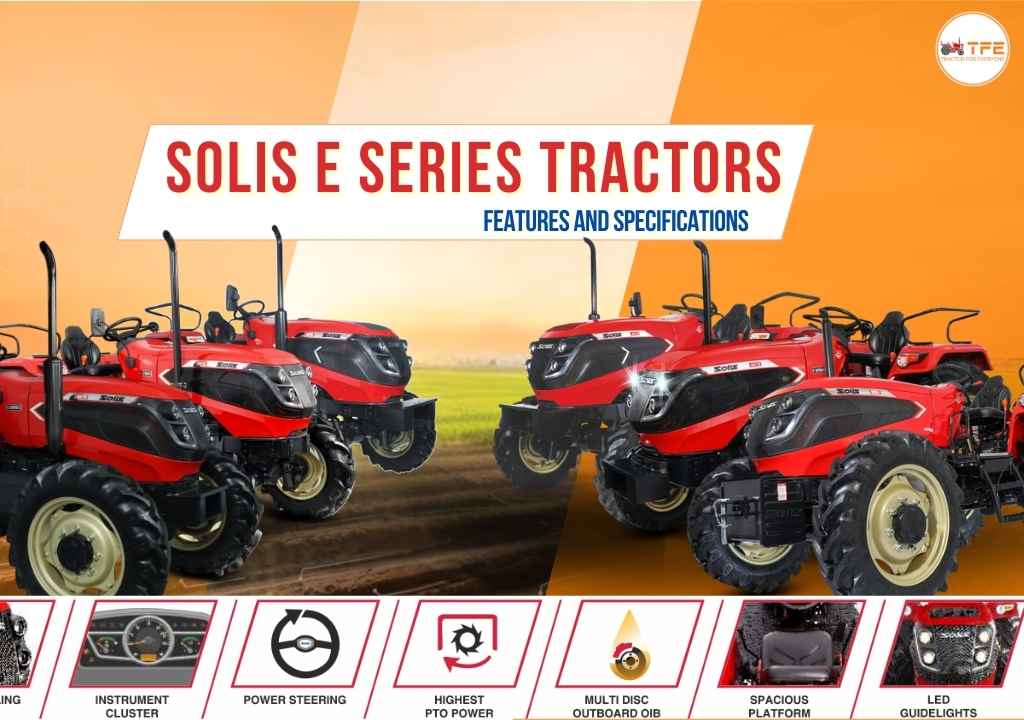Best Used Car, Services, Auto Parts, Rent Car Available for Buy and Sell Near By Go Ahead
- Swaraj Price 2025: Latest Swaraj Tractor Price List and On-Road Rates in India
- महिंद्रा मिनी ट्रैक्टर - कीमत, मॉडल, और सुविधाएँ
- Swaraj 855 FE Tractor Review 2025 Features, Price and Performance Explained
- Best Tractors in India 2025: Top 10 Picks for Every Farm Size
- महाराष्ट्र फार्मर आयडी: ऑनलाइन नोंदणी प्रक्रिया, कागदपत्रे आणि फायदे
- Sonalika Tractor Price 2025 Complete List of Models, Series and Latest Offers
- Swaraj Tractor Price List 2025: Best Tractors for Small, Medium & Large Farms
- Swaraj 744 FE Price, Features & On-Road Cost Explained for 2025
- Mahindra Tractors Price 2025: Complete List, Series-Wise Comparison and Best Models
- New Holland 3630 TX Super Plus+ Tractor Review 2025: Features, Price and Performance

Tractors: The Backbone of Modern Indian Agriculture
India's agricultural landscape has been shaped by its reliance on tools that empower farmers, and among these, tractors hold a pivotal role. They are more than just machines; they symbolize progress, mechanization, and a pathway to sustainable farming.
This blog explores the essential role tractors play in Indian agriculture, their evolution, their diverse applications, and the promising future they hold in advancing sustainable practices.
The Importance of Tractors in Indian Agriculture
Tractors have transformed traditional farming in India, where manual labor and animal power dominated until the mid-20th century. Their introduction brought speed, efficiency, and consistency to farming operations, revolutionizing agricultural productivity.
Today, India is the world’s largest producer of tractors, with over 9.5 lakh units sold domestically in 2022-2023 alone. This reflects their indispensable role in the lives of Indian farmers, from smallholders to large-scale agricultural enterprises.
The Evolution of Tractors
Pre-Independence Era
Tractors first appeared in India during British rule, but their adoption was limited due to high costs and minimal access. The focus was on traditional farming methods.
Post-Independence Mechanization
The Green Revolution of the 1960s marked a turning point. With the government’s emphasis on food security, tractors became integral to boosting agricultural output. Subsidies, loans, and infrastructure development supported their adoption.
Present Day
The tractor industry now offers models tailored to diverse needs, from compact tractors for small farms to high-power machines for large-scale operations. Technological advancements have enhanced their capabilities, enabling better fuel efficiency and performance.
Diverse Applications of Tractors
Tractors have evolved from being simple ploughing machines to multifunctional tools. Here are some of their primary applications:
Ploughing and Land Preparation
Tractors are indispensable for preparing fields before sowing. They ensure uniform soil aeration, improving crop yields.
Sowing and Planting
Modern tractors can be equipped with seed drills and planters, reducing manual labor and increasing precision. With these attachments, farmers can automate the tasks traditionally done by hand. These attachments ensure uniform seed distribution, precise depth placement, and consistent spacing, which are critical for healthy crop growth.
Harvesting
Tractor-mounted harvesters enable quick and efficient crop collection, minimizing post-harvest losses. As the name suggests, these tools are designed to harvest crops quickly and efficiently, saving time and reducing dependency on manual labour. Besides, by minimizing post-harvest losses, such as grain spillage or damage to crops, tractor-mounted harvesters help farmers retain the maximum yield
Transportation
Beyond farming, tractors are widely used to transport goods, crops, and equipment, making them a vital part of rural logistics. Equipped with trailers, they are commonly used to transport goods, crops, seeds, fertilizers, and other agricultural equipment.
Irrigation Support
Tractors are often used to operate water pumps, which draw water from wells, rivers, or ponds to irrigate fields. This ensures that even remote farms receive adequate water supply for crops.
The Role of Tractors in Sustainable Farming
Fuel Efficiency and Eco-Friendly Models
Recent advancements have focused on reducing fuel consumption and emissions. Bharat Stage TREM V emission standards are paving the way for environmentally friendly tractors.
Precision Agriculture
Smart technologies such as GPS-guided tractors enable precision farming. These tractors optimize seed placement, irrigation, and fertilization, reducing waste and maximizing output.
Electric and Hybrid Tractors
The introduction of electric and hybrid models promises to minimize reliance on fossil fuels, aligning with India’s sustainability goals.
Smallholder Inclusion
Shared tractor services and government schemes like the Sub-Mission on Agricultural Mechanisation (SMAM) ensure that even small-scale farmers can access mechanization.
Challenges in Tractor Adoption
Despite their benefits, only about 4.6% of Indian farmers own tractors. Challenges include:
High Cost
The high cost of tractors is a significant barrier for many Indian farmers, especially those with limited financial resources. Even with government subsidies and financing options, the upfront expense of purchasing a tractor often proves prohibitive.
Marginal farmers, who typically operate on smaller plots of land and have lower income levels, find it difficult to justify the investment. The cost of maintenance, repairs, and fuel further adds to the financial burden, making tractor ownership less feasible for these farmers.
Fragmented Landholdings
The structure of agricultural landholdings in India poses another challenge. Many farmers work on fragmented plots that are small, irregularly shaped, and spread across different locations. These conditions reduce the utility of tractors, as they are often more suited for larger, contiguous fields. The inefficiency of using tractors on such lands diminishes the perceived value of owning one, discouraging farmers from making the investment.
Lack of Awareness
A lack of awareness about modern tractor technologies and their potential benefits is a critical issue, especially in rural areas. Many farmers are unfamiliar with the wide range of tractor attachments and their applications, which can significantly improve productivity and reduce labour.
Additionally, misconceptions about the complexity of operating tractors and fears about maintenance costs deter farmers from exploring this option. Addressing these awareness gaps through targeted education and training programs could encourage more farmers to adopt tractors..
Conclusion
Tractors are not just tools; they are enablers of change in Indian agriculture. By increasing efficiency, reducing labor dependence, and supporting sustainable practices, they contribute immensely to the nation's food security and rural economy.
With continuous advancements in technology and policy support, tractors will remain the backbone of modern Indian agriculture, driving it toward a brighter, more sustainable future.
Write a Comment
Popular Blogs View All
-

Swaraj Price 2025: Latest Swaraj Tractor Price List and On-Road Rates in India
07/24/2025, POSTED BY ADMIN -

महिंद्रा मिनी ट्रैक्टर - कीमत, मॉडल, और सुविधाएँ
02/18/2025, POSTED BY ADMIN -

Swaraj 855 FE Tractor Review 2025 Features, Price and Performance Explained
07/19/2025, POSTED BY ADMIN
Popular Video View All
-

महाराष्ट्रात Second Hand Tractors ची उत्तम संधी! तुमच्या बजेटमध्ये, विश्वासार्ह ट्रॅक्टर मिळवा!
12/16/2025, POSTED BY ADMIN -

TFE Reaper Machine Working | Full Multi-Crop Cutting Process!
12/16/2025, POSTED BY ADMIN -

5 Things You Need to Know Before Buying a Solis E Series Tractor
05/17/2025, POSTED BY ADMIN

